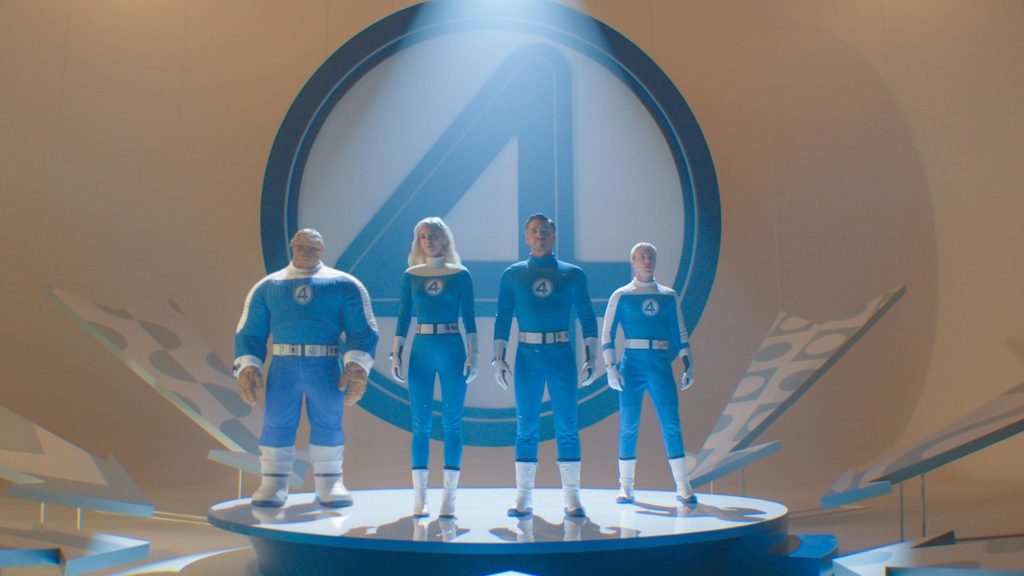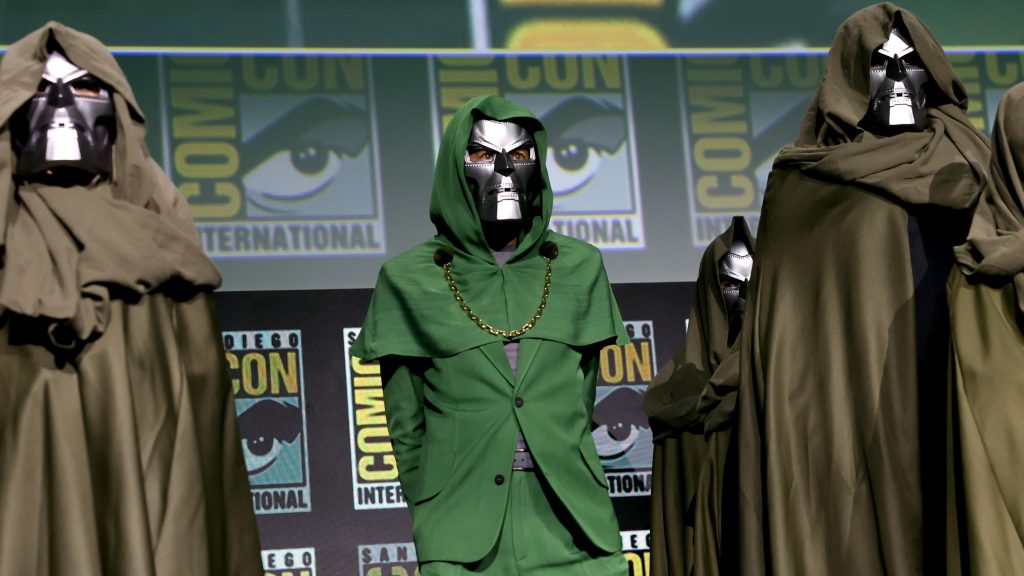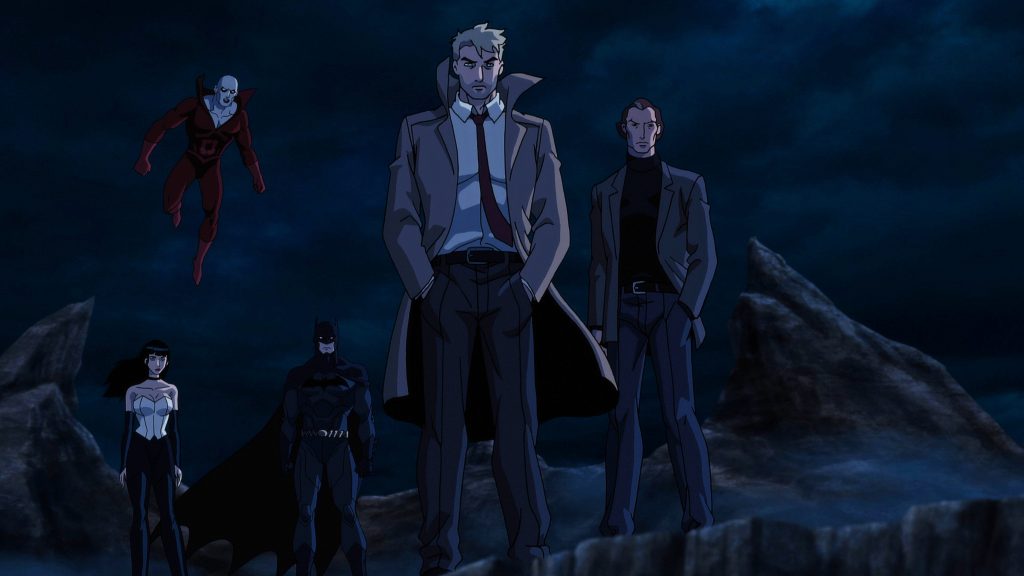The recent announcement of an upcoming content purge on Disney+ brings back memories of the classic “Disney Vault” home video promotions, but it represents a stark departure from that approach.
Amidst the ongoing Writers Guild of America strike demanding fair compensation for their contributions to streaming platforms, studios are reevaluating the concept of their services acting as permanent archives for their content catalogs. Following suit, Disney has recently unveiled their strategy, which involves removing certain content from Disney+ and Hulu. However, in contrast to their previous marketing approach known as “The Disney Vault,” this new decision puts those series and films in a position where they become available for other platforms to acquire.
The comparison between the Disney Vault and Disney+ holds true on the surface. Individuals who experienced the home video era recall Disney’s practice of placing beloved films in the vault for an indeterminate period. However, the uncertainty surrounding the vault’s duration is not entirely accurate. Prior to the advent of home video, Disney would periodically re-release popular movies like Snow White, Bambi, and other classic animated features approximately every decade. With the introduction of home video, Disney adopted a strategy of releasing a film, followed by placing it in the vault and then issuing a new “edition” after a decade or the emergence of a new format.
This approach essentially served as the original direct-to-consumer strategy. Generating anticipation around these releases entering the Disney Vault cultivated demand and created a collectible market. Disney+, in essence, embodies the concept of the Disney Vault, where a subscription grants access to a wide array of content. However, in this instance, certain content is indeed departing from the vault.
The Old Disney Vault Only Fully ‘Opened’ in 2022
The concept of the Disney Vault was a captivating marketing strategy aimed at children, leveraging their imagination. It instilled a desire in kids to possess their own copies of beloved films such as The Little Mermaid or The Lion King before these movies were metaphorically locked away. This notion expanded to include straight-to-video sequels like The Return of Jafar or Fantasia 2000, which had a limited window of availability before returning to the vault. However, the vault’s impact was primarily seen in terms of limitations on television broadcasts or theatrical screenings of classic films. Upon their re-release, these movies could command higher prices, creating a sense of anticipation for fans who had spent years watching them on smaller screens and were now eager for the opportunity to experience them in a theater setting.
With the rise of digital streaming as the prevailing home movie experience, the frequency of titles emerging from the Disney Vault increased to a few times yearly. By 2022, all the beloved movies from the vault had become accessible on DVD, Blu-ray, and digital platforms. However, the practice of putting films into the vault has not entirely ceased. A Vulture article from 2019 expressed disappointment over Disney’s decision to confine recently-acquired Fox movies to the vault, specifically concerning theatrical releases. Nonetheless, these films remain available for streaming on Disney+ or Hulu, as well as for digital purchase. The only remaining restriction reminiscent of the Disney Vault era is the prohibition on theater owners from hosting special screenings of those particular films.
The removal of content from Disney+ should not be regarded as a mere marketing tactic. In relation to the WGA strike, it could potentially support the notion that streaming may not be as lucrative as it appears. Disney’s decision to withdraw films and series from the streaming platform effectively diminishes the value of those assets. Consequently, they can account for an impairment charge, a financial reporting measure that acknowledges the loss for investors.
Disney Isn’t Doing What HBO Max Did to Batgirl
The decision to cancel Batgirl, a Warner Bros. Discovery film that was nearly completed, appears to be a deliberate tax strategy following the merger. The studio can write off the budget by ensuring the film remains unreleased and unmonetized. On the other hand, although unrelated to taxes, an impairment charge aims to generate some revenue from the impaired asset. In the context of the content being removed from streaming services, it signifies a departure from the Disney Vault, opening up possibilities for appearances on other streaming platforms, networks, or even theatrical screenings for films. While beloved series like Willow or classic Marvel animations may disappear from Disney+, they could resurface on platforms like Prime Video or other ad-supported outlets.
The initial streaming strategy relied on the allure of extensive and cherished libraries held by studios such as Disney, Warner Bros., and Paramount to attract and retain subscribers. However, the continuous influx of original content has left viewers with limited time to explore the archives. As a result, it appears that Disney and other streaming platforms are shifting their focus, moving away from a fully immersive streaming experience and returning to more familiar, ad-supported platforms. The Disney Vault, historically employed as a means to generate revenue by instilling a sense of loss, is now being utilized differently as content is removed from Disney+. This indicates that the studio is seeking opportunities for financial gain from its industry counterparts this time around.







